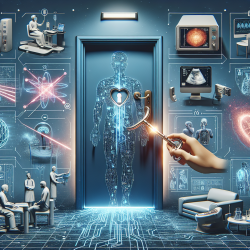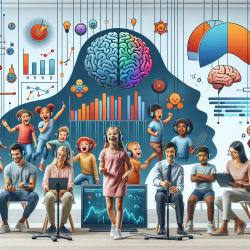The field of medical diagnostics is undergoing a revolutionary transformation with the integration of artificial intelligence (AI) and non-invasive techniques. A recent review article titled Estimation of Physiologic Pressures: Invasive and Non-Invasive Techniques, AI Models, and Future Perspectives delves into this exciting frontier. The study highlights how AI models are being developed to estimate various physiologic pressures non-invasively, paving the way for more accessible and safer diagnostic methods.
The Current Landscape of Pressure Measurement
Traditionally, measuring physiologic pressures such as blood pressure, intracranial pressure (ICP), and hepatic portal pressure has relied heavily on invasive techniques. While these methods are accurate, they come with risks such as infection, discomfort, and the need for specialized equipment and personnel. The integration of AI offers a promising alternative by utilizing data from non-invasive sources like imaging and wearable technology.
The Role of AI in Non-Invasive Diagnostics
AI has shown immense potential in analyzing complex data sets to predict physiologic pressures. For instance, machine learning algorithms can process data from imaging techniques like ultrasound or MRI to estimate blood pressure or ICP without the need for invasive procedures. These models not only enhance accuracy but also allow for continuous monitoring, which is crucial in managing chronic conditions.
Innovative Applications of Microwave Technology
An intriguing aspect of the research is the use of microwave technology for pressure measurement. Microwave sensors can detect changes in tissue properties related to pressure variations. This method is non-invasive, cost-effective, and has shown promising results in preliminary studies. As this technology evolves, it could become a staple in routine diagnostics.
Encouraging Further Research
The review encourages practitioners to explore these emerging technologies further. By staying informed about advancements in AI and non-invasive techniques, healthcare professionals can improve diagnostic accuracy and patient outcomes. Additionally, there is a call to action for more research into the application of these technologies across different physiologic pressures.
The future of medical diagnostics is bright with the integration of AI and non-invasive methods. These innovations promise not only to enhance clinical practice but also to make healthcare more accessible and less intrusive for patients.
To read the original research paper, please follow this link: Estimation of Physiologic Pressures: Invasive and Non-Invasive Techniques, AI Models, and Future Perspectives.










